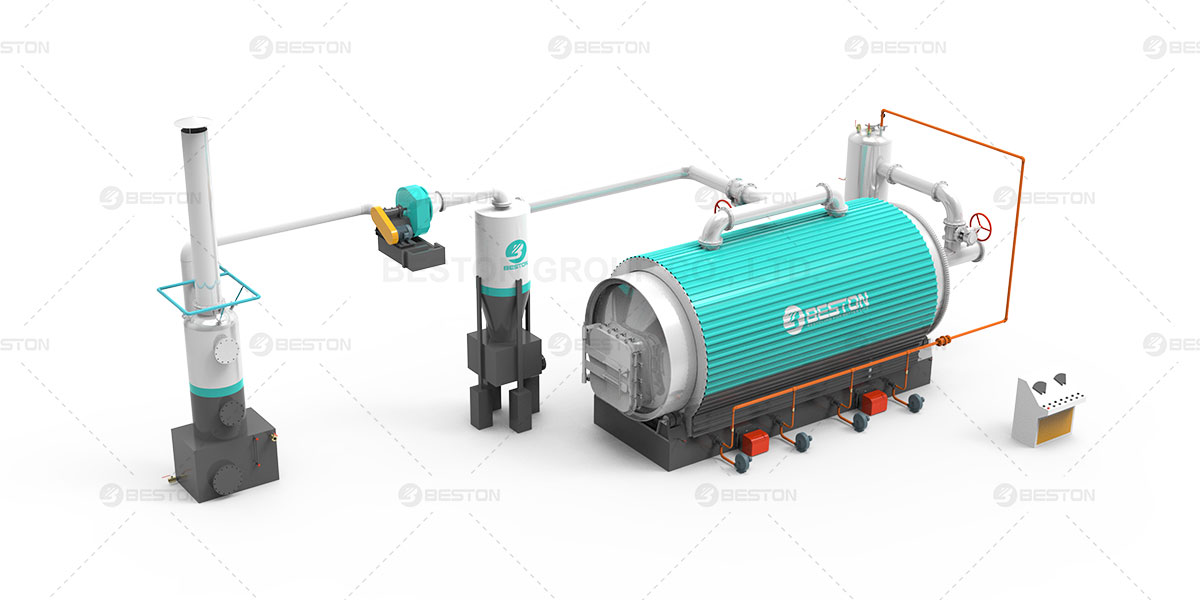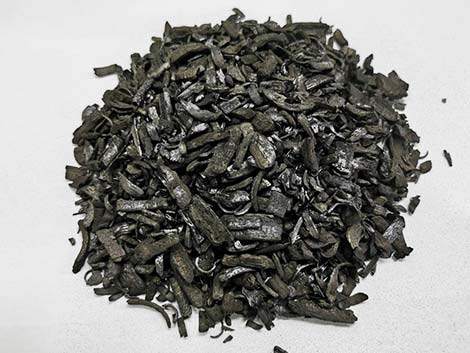In these financially trying times, many entrepreneurs are in search of a way to increase their income. This may include taking a second job – but for many, it is an opportunity to invest in equipment that allows them to run their own business. The ideal investment would represent excellent value for money, the product produced using the machinery would be in high demand, and the return on investment significant.
This is why many people invest in small charcoal making machine. Many of these machines also allow for the production of charcoal briquettes in a number of shapes and sizes – making them ideal for distribution to a wide variety of markets consisting of consumers who have different requirements. In addition, charcoal briquettes are also used in industrial processes. A market that is differentiated into home users (BBQ and heating) and industrial customers (heating of industrial boilers in factories) is tremendously attractive.

Material for making briquettes using a small charcoal-making machine can be obtained from a variety of sources. Coal mining results in the production of a large amount of waste dust. This dust can be an excellent source of raw materials. Some small charcoal-making machines are tailor-made to handle coal dust. A second source is biomass from waste such as crop waste, wood, wood chips and sawdust, coconut shells, rice husks, sugarcane bagasse and many others. Those wishing to make briquettes out of biomass will require a charcoal kiln or use a carbonization furnace.
There are some core requirements that need to be met in order to operate a small charcoal machine. Firstly the raw material (including coal) needs to be less than 5mm. Secondly, the moisture content needs careful attention. 30% is accepted as the right level of moisture in the charcoal for making briquettes. Lastly, 4%-6% binder material needs to be added. This is typically corn starch or cassava starch.
The first step in the process is pre-treatment. In many cases, the moisture content of the raw material is too high and it will first have to be dried. Get competitive charcoal making machine price here.

Next, the raw material is fed into a carbonization furnace. The raw material is exposed to high temperatures in an environment that is oxygen-free. The byproducts of the carbonization process are tar and wood vinegar, both having a wide variety of applications in construction, industry, and agriculture. Another by-product is gas that can be used to drive combustion in the carbonization furnace or in various industrial and domestic applications. This increases the return on investment in the small charcoal-making machine. Finally, the charcoal is allowed to cool and then collected for packaging and distribution.
For entrepreneurs in search of a business opportunity, a small charcoal-making machine is ideal. Startup costs are low and product demand is high, especially given the number of markets that are available. Check the sawdust charcoal making machine here.